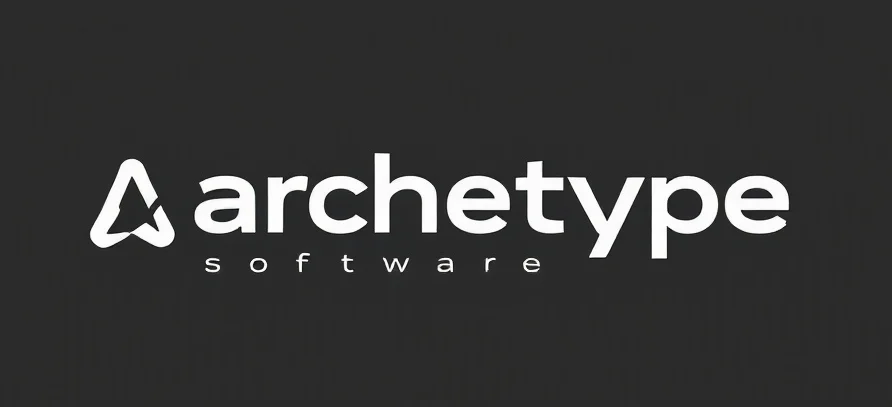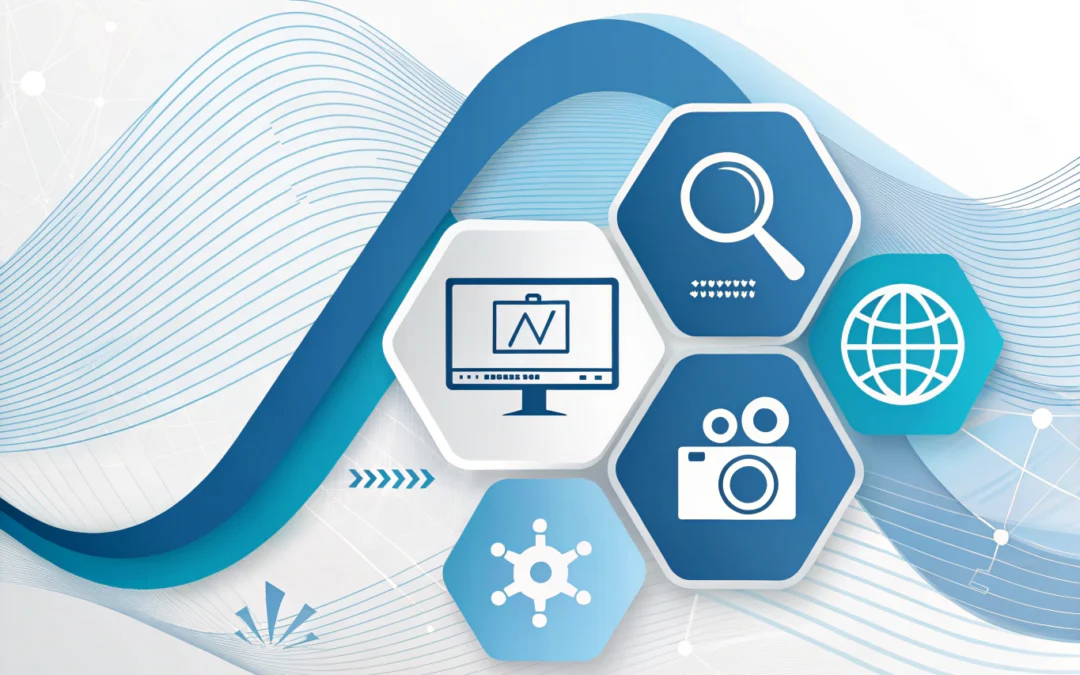Understanding Video Analytics: Beyond the Hype
Imagine asking a hyper-distracted intern to watch over hours of video footage, then actually gaining insightful nuggets on customer behavior and security threats. What is video analytics, you might ask? It’s the tech world’s attempt to create a digital intern with the eyes of a hawk and the analytical skills of a seasoned detective.
The Promise and Reality of Video Analytics
Video analytics is not just about counting people or detecting objects. It’s about translating streams of visual data into actionable insights. Picture a retail store: instead of relying on manual counts or guesswork, video analytics can tell you not just how many people entered your store, but also which sections they visited, how long they lingered, and perhaps even gauge their emotional responses through advanced facial recognition.
Human and Machine: A Symbiotic Relationship
But let’s keep our expectations grounded. Video analytics isn’t a crystal ball. It’s more like a magnifying glass, offering a closer look at the nuances of human behavior, provided we know where to point it. As with our AI intern metaphor, the technology requires supervision, direction, and—most importantly—a human touch to interpret the data effectively.
The Transformative Power of Video Analytics
Now, let’s talk about its transformative potential. In security, video analytics can detect unusual patterns suggesting potential threats before they escalate. In healthcare, it can monitor patient movements to prevent falls or ensure proper care. In transportation, it can analyze traffic flows to optimize signals and reduce congestion. It’s like turning a static painting into a dynamic movie that tells a story in real-time.
Challenges to Consider
Yet, this isn’t a technological utopia. The implementation of video analytics comes with its own set of challenges. Privacy concerns loom large as the technology becomes more sophisticated. Balancing the benefits of analytics with the ethical considerations of surveillance is a tightrope walk that technologists and policymakers are still figuring out.
Actionable Recommendations for Implementing Video Analytics
- Define Clear Objectives: Before diving into video analytics, know what you want to achieve. Whether it’s enhancing customer experience or beefing up security, clear objectives will guide your implementation.
- Choose the Right Tools: Not all video analytics software is created equal. Select tools that align with your specific needs, and don’t shy away from niche solutions that might offer better precision.
- Integrate with Existing Systems: Ensure your video analytics solutions can seamlessly integrate with your existing infrastructure. This will enhance data flow and decision-making processes.
- Focus on Data Privacy: As you embark on this journey, prioritize data privacy by implementing robust security measures and adhering to legal standards.
- Iterate and Improve: Like any AI system, video analytics thrives on iteration. Continuously refine your models and strategies based on feedback and results to maximize value.
Video analytics, much like our metaphorical intern, has the potential to surprise and delight, provided we nurture and guide it wisely. By focusing on the transformative power and ethical implementation, we can harness this technology to create a more informed and responsive world.
Checkout ProductScope AI’s Studio (and get 200 free studio credits)

